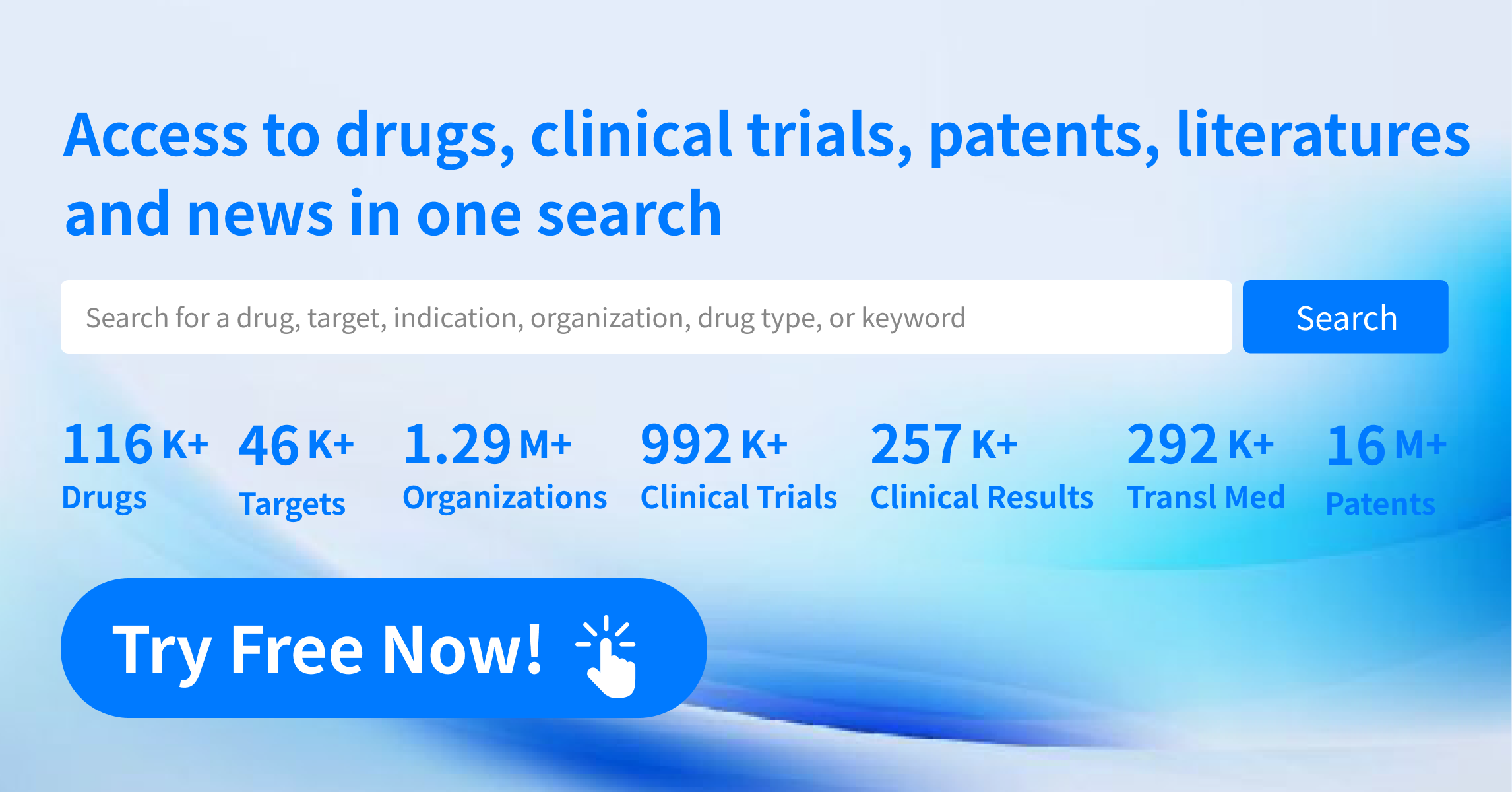Request Demo
ASCO 2024: J&J’s early prostate cancer trial reports four deaths
7 June 2024
Johnson & Johnson's (J&J) investigational radiotherapy for prostate cancer, JNJ-6420, has encountered significant safety challenges in its Phase I clinical trial, which led to four patient deaths despite the treatment showing potential efficacy. The data was shared in an abstract for the American Society of Clinical Oncology (ASCO) Annual Meeting, scheduled from May 31 to June 4.
JNJ-6420 employs an anti-hK2 antibody to deliver an actinium-based radioligand, which emits high-energy, short-range alpha particles targeting cancer cells. In the Phase I trial (NCT04644770), 57 patients received the treatment intravenously at doses of 150 μCi or higher. Among these patients, 35 experienced Grade 3 or higher treatment-emergent adverse events (TEAEs), and 21 faced serious TEAEs. Notable adverse effects included thrombocytopenia and interstitial lung disease (ILD), particularly with repeated dosing.
The trial faced further setbacks with nine patients discontinuing due to treatment-related adverse events (TRAEs), and four TRAEs resulting in fatalities. Despite these safety concerns, the treatment showed some promising results. Patients receiving doses of 150 μCi and above exhibited "prolonged clinical, biochemical, and radiographic responses." Specifically, three patients achieved confirmed objective responses, including one complete response and two partial responses. Additionally, a PSA50 response rate of 45.6% was reported, indicating a significant reduction in prostatic-specific antigen levels, a key biomarker for prolonged overall survival in prostate cancer patients.
The study's primary goals were to evaluate the radiotherapy's safety and preliminary efficacy while determining appropriate dosing for future Phase II trials. Participants in the trial included patients with metastatic castration-resistant prostate cancer who had previously undergone at least one androgen receptor-targeted therapy.
As J&J grapples with the high toxicity of JNJ-6420, it remains part of a broader trend within the pharmaceutical industry where companies are increasingly investing in radiopharmaceuticals. For instance, Bristol Myers Squibb made headlines with its $3.6 billion acquisition of RayzeBio, which also focuses on actinium-based treatments. Similarly, Eli Lilly expanded its footprint with a $1.4 billion deal for Point Biopharma and a subsequent $1.1 billion partnership with Aktis Oncology.
AstraZeneca also recently entered the radiopharmaceutical space with a $2 billion acquisition of Fusion Pharmaceuticals in March 2024. Leading the charge in this sector is Novartis, whose lutetium-based prostate cancer treatment, Pluvicto, generated $980 million in sales in 2023 and is projected to exceed $4.3 billion by 2030, according to GlobalData's Pharma Intelligence Centre. Novartis further solidified its commitment by acquiring Mariana Oncology in a deal potentially worth $1.7 billion earlier this month.
The pursuit of radiopharmaceuticals reflects a growing recognition of their potential in cancer treatment, despite the inherent challenges and risks. As J&J continues to refine JNJ-6420, the broader industry remains optimistic about the future of these targeted therapies in oncology.
JNJ-6420 employs an anti-hK2 antibody to deliver an actinium-based radioligand, which emits high-energy, short-range alpha particles targeting cancer cells. In the Phase I trial (NCT04644770), 57 patients received the treatment intravenously at doses of 150 μCi or higher. Among these patients, 35 experienced Grade 3 or higher treatment-emergent adverse events (TEAEs), and 21 faced serious TEAEs. Notable adverse effects included thrombocytopenia and interstitial lung disease (ILD), particularly with repeated dosing.
The trial faced further setbacks with nine patients discontinuing due to treatment-related adverse events (TRAEs), and four TRAEs resulting in fatalities. Despite these safety concerns, the treatment showed some promising results. Patients receiving doses of 150 μCi and above exhibited "prolonged clinical, biochemical, and radiographic responses." Specifically, three patients achieved confirmed objective responses, including one complete response and two partial responses. Additionally, a PSA50 response rate of 45.6% was reported, indicating a significant reduction in prostatic-specific antigen levels, a key biomarker for prolonged overall survival in prostate cancer patients.
The study's primary goals were to evaluate the radiotherapy's safety and preliminary efficacy while determining appropriate dosing for future Phase II trials. Participants in the trial included patients with metastatic castration-resistant prostate cancer who had previously undergone at least one androgen receptor-targeted therapy.
As J&J grapples with the high toxicity of JNJ-6420, it remains part of a broader trend within the pharmaceutical industry where companies are increasingly investing in radiopharmaceuticals. For instance, Bristol Myers Squibb made headlines with its $3.6 billion acquisition of RayzeBio, which also focuses on actinium-based treatments. Similarly, Eli Lilly expanded its footprint with a $1.4 billion deal for Point Biopharma and a subsequent $1.1 billion partnership with Aktis Oncology.
AstraZeneca also recently entered the radiopharmaceutical space with a $2 billion acquisition of Fusion Pharmaceuticals in March 2024. Leading the charge in this sector is Novartis, whose lutetium-based prostate cancer treatment, Pluvicto, generated $980 million in sales in 2023 and is projected to exceed $4.3 billion by 2030, according to GlobalData's Pharma Intelligence Centre. Novartis further solidified its commitment by acquiring Mariana Oncology in a deal potentially worth $1.7 billion earlier this month.
The pursuit of radiopharmaceuticals reflects a growing recognition of their potential in cancer treatment, despite the inherent challenges and risks. As J&J continues to refine JNJ-6420, the broader industry remains optimistic about the future of these targeted therapies in oncology.
How to obtain the latest research advancements in the field of biopharmaceuticals?
In the Synapse database, you can keep abreast of the latest research and development advances in drugs, targets, indications, organizations, etc., anywhere and anytime, on a daily or weekly basis. Click on the image below to embark on a brand new journey of drug discovery!
AI Agents Built for Biopharma Breakthroughs
Accelerate discovery. Empower decisions. Transform outcomes.
Get started for free today!
Accelerate Strategic R&D decision making with Synapse, PatSnap’s AI-powered Connected Innovation Intelligence Platform Built for Life Sciences Professionals.
Start your data trial now!
Synapse data is also accessible to external entities via APIs or data packages. Empower better decisions with the latest in pharmaceutical intelligence.
